Common Mistakes to Avoid in Your Digital Marketing Strategy
In today’s digital-first economy, a strong online presence is no longer optional—it’s essential. Whether you’re a scrappy start-up or an established brand, your digital marketing campaigns act as your virtual storefront, shaping how customers find, interact with, and remember you. But even with an array of tools and platforms at your fingertips, mistakes in execution can turn a promising campaign into a missed opportunity.
Let’s explore some common pitfalls in digital marketing campaigns and practical ways to avoid them, ensuring your efforts deliver measurable results and long-term growth.
Why Your Digital Marketing Strategy Matters
Think of your digital marketing plan as a roadmap. It doesn’t just help you get from Point A to Point B—it ensures you’re heading in the right direction with a clear sense of purpose. Without a plan, businesses risk wandering aimlessly, wasting valuable time and resources. A solid strategy helps you:
- Build brand awareness and trust
- Engage meaningfully with your target audience
- Drive consistent website traffic
- Convert leads into loyal customers
- Establish authority in your industry
In short, a well-thought-out digital marketing plan bridges the gap between where your brand is now and where it needs to be.
The Consequences of Missteps in Digital Marketing
Mistakes in digital marketing often stem from poor planning, outdated tactics, or a lack of understanding of the audience. The effects can be far-reaching:
- Missed revenue opportunities
- Wasted time and budget
- Damaged brand reputation
- Loss of competitive advantage
But here’s the good news: most mistakes are avoidable with the right knowledge, preparation, and adaptability. Let’s dive into some of the most common errors marketers make—and how to avoid them.
1. Lack of Clear Goals
Imagine running a race without knowing where the finish line is. That’s what it’s like to launch a marketing campaign without setting measurable goals. Without a clear destination, it’s impossible to know if your efforts are paying off.
How to Fix It:
- Define SMART goals: Specific, Measurable, Achievable, Relevant, and Time-bound.
- Align your marketing objectives with broader business goals.
- Regularly track progress and adjust your tactics as needed.
For instance, instead of saying, “We want more traffic,” aim for something like, “Increase website traffic by 20% over the next three months.”
2. Overlooking Your Target Audience
Marketing to “everyone” often means resonating with no one. Many businesses make the mistake of creating generic campaigns that fail to address their target audience's specific needs, preferences, and pain points.
How to Fix It:
- Develop detailed buyer personas based on demographics, behaviors, and challenges.
- Use analytics tools to gain insights into your audience’s online habits.
- Tailor your messaging to reflect what truly matters to them.
Understanding your audience isn’t just good practice—it’s the foundation of any successful marketing strategy.
3. Neglecting Mobile Users
With mobile devices accounting for more than half of global internet traffic, ignoring mobile users can be a costly oversight. A poorly optimized mobile experience can lead to high bounce rates and lost opportunities.
How to Fix It:
- Invest in responsive web design to ensure your site adapts seamlessly to all screen sizes.
- Optimize loading speeds for mobile users.
- Regularly test your site on various devices to identify and fix usability issues.
Remember, a smooth mobile experience isn’t just about accessibility—it’s about building trust and credibility.
4. Ignoring SEO Best Practices
Search Engine Optimization (SEO) is one of the most cost-effective ways to drive organic traffic, yet it’s often misunderstood or underutilized. From neglecting keywords to ignoring technical SEO elements, small missteps can cost you visibility and traffic.
How to Fix It:
- Conduct thorough keyword research and optimize on-page elements like titles, meta descriptions, and headers.
- Focus on site speed, mobile-friendliness, and secure (HTTPS) connections.
- Stay updated on algorithm changes and adapt your strategy accordingly.
SEO isn’t a one-and-done deal—it’s an ongoing process that requires regular refinement. For more insights, explore SEO strategies that can help you stay competitive.
5. Poor Content Quality
Content is the backbone of digital marketing, but many businesses make the mistake of prioritizing quantity over quality. Publishing irrelevant or poorly written content can alienate your audience and hurt your brand’s credibility.
How to Fix It:
- Focus on creating high-value content that educates, entertains, or solves a problem for your audience.
- Avoid keyword stuffing—opt for natural, engaging copy.
- Experiment with different content formats, like videos, infographics, and case studies, to keep things fresh.
When done right, quality content not only attracts visitors but also converts them into loyal customers.
Conclusion
Mistakes are inevitable, but they’re also opportunities to learn and improve. By identifying common pitfalls and proactively addressing them, you can build a digital marketing strategy that not only drives growth but also sets your brand apart.
Entrepreneurs navigating the digital world can benefit greatly by learning from their own experiences and others’. Discover more about the pros and cons of being an entrepreneur and apply those lessons to your marketing efforts.
So, take a step back, evaluate your current efforts, and ask yourself: Are you making any of these mistakes? If the answer is yes, don’t panic—start making changes today, and watch your digital marketing efforts reach new heights.




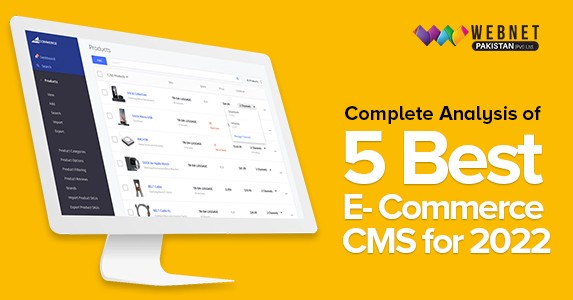

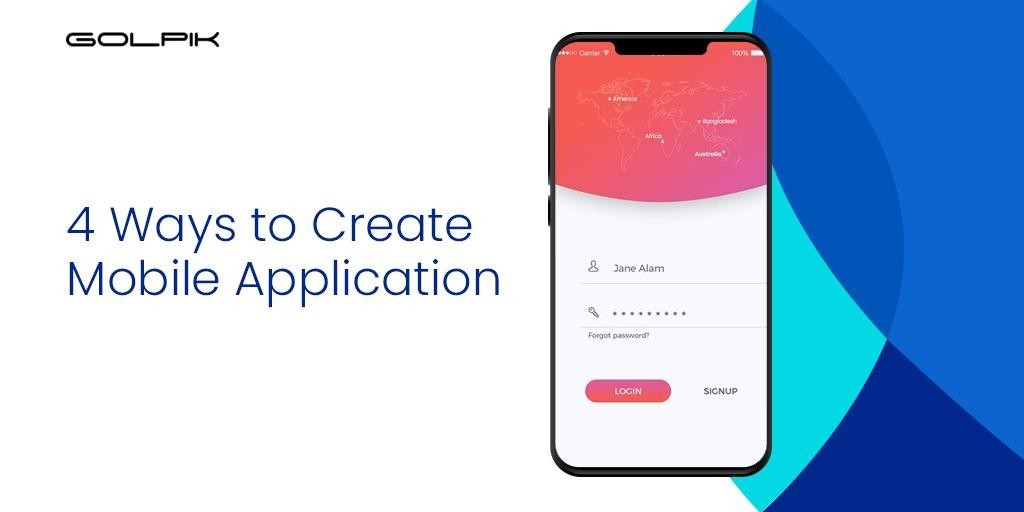
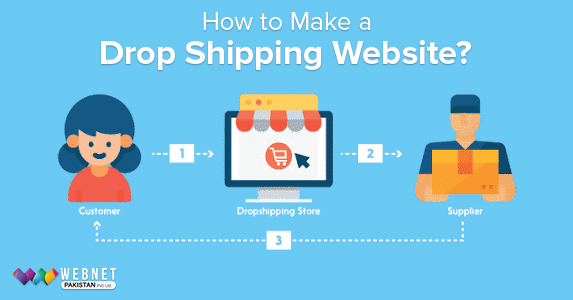



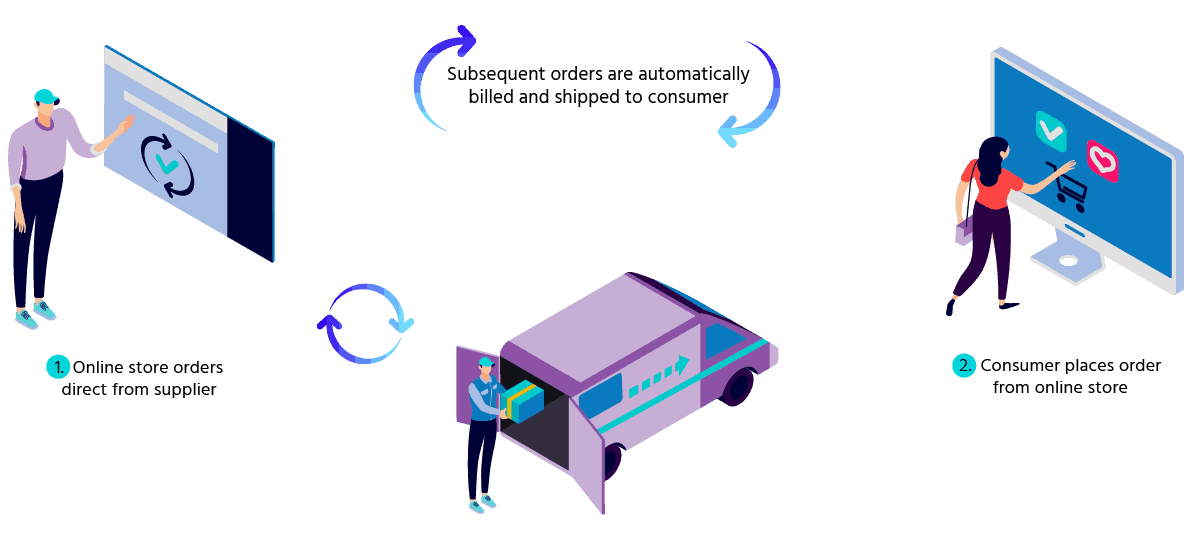





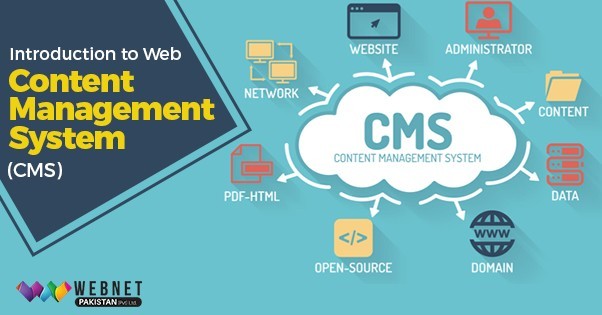
0 comment